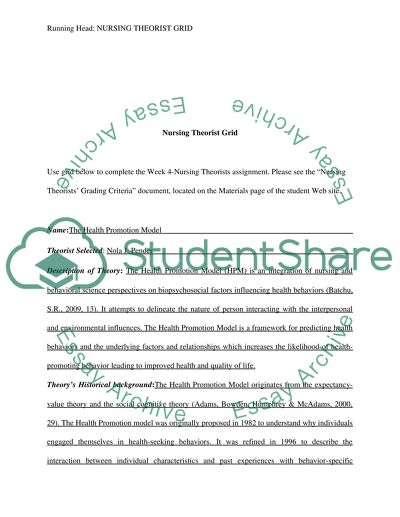Cite this document
(“Nursing Theorist Grid Assignment Example | Topics and Well Written Essays - 1250 words”, n.d.)
Retrieved from https://studentshare.org/nursing/1430960-nursing-theorist-grid
Retrieved from https://studentshare.org/nursing/1430960-nursing-theorist-grid
(Nursing Theorist Grid Assignment Example | Topics and Well Written Essays - 1250 Words)
https://studentshare.org/nursing/1430960-nursing-theorist-grid.
https://studentshare.org/nursing/1430960-nursing-theorist-grid.
“Nursing Theorist Grid Assignment Example | Topics and Well Written Essays - 1250 Words”, n.d. https://studentshare.org/nursing/1430960-nursing-theorist-grid.


